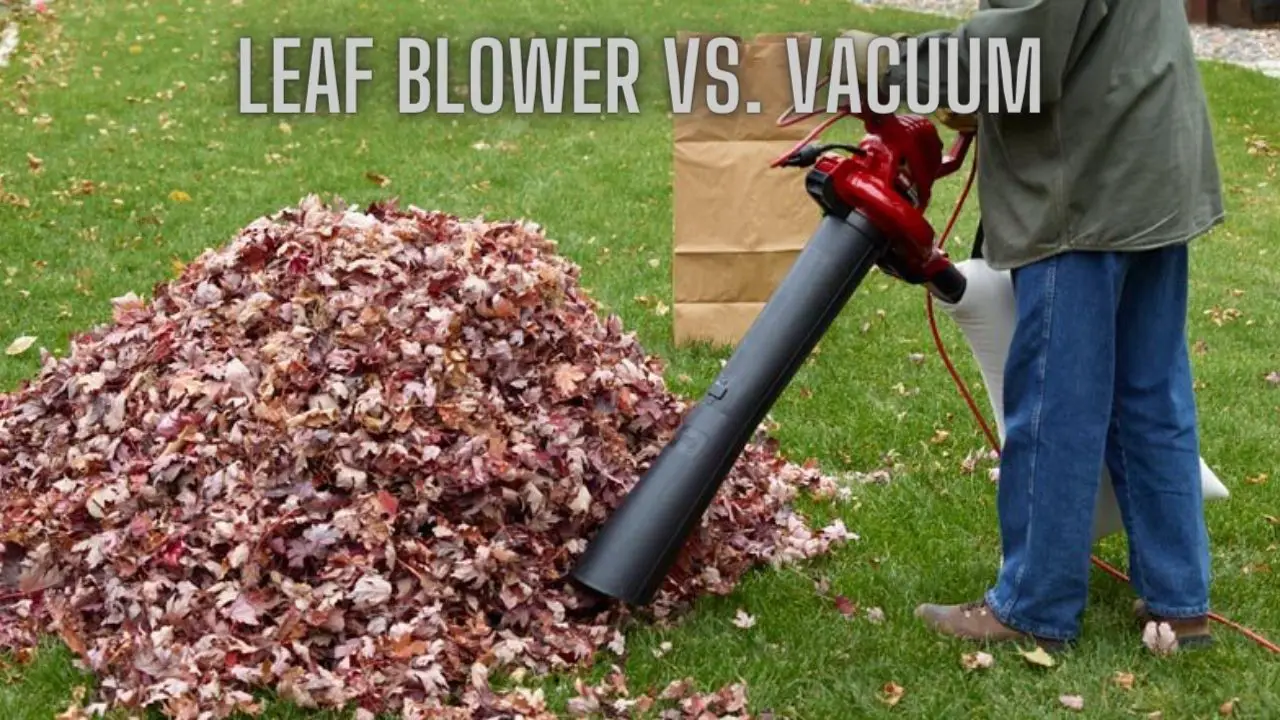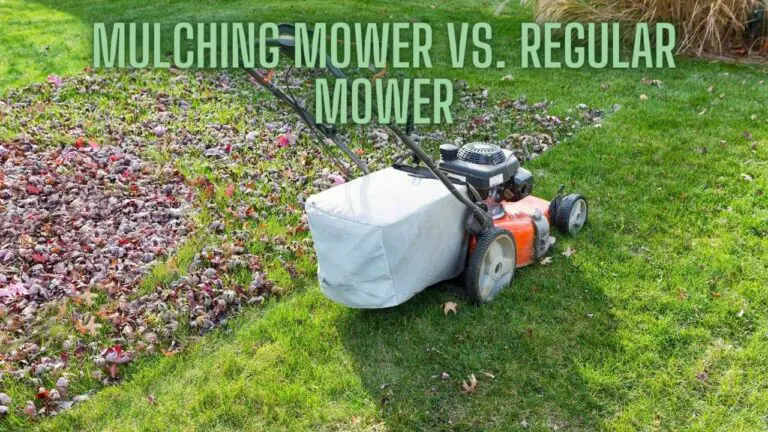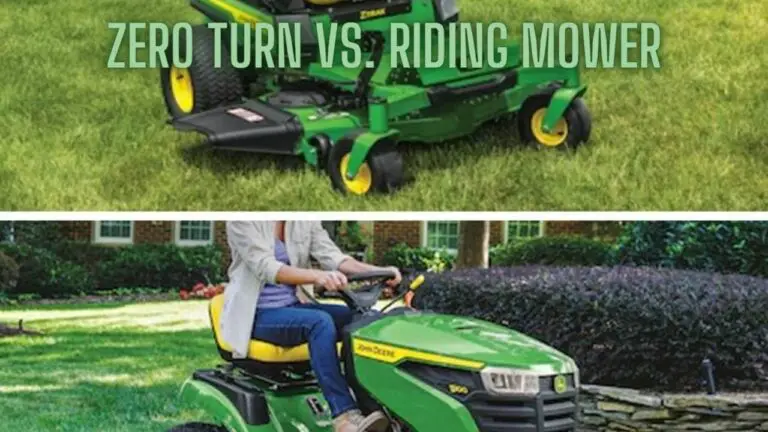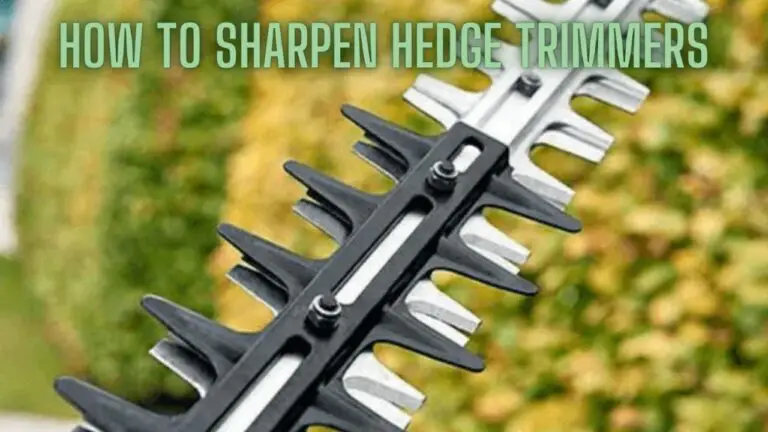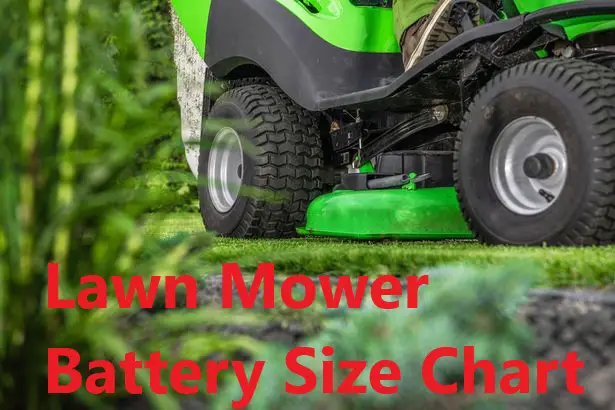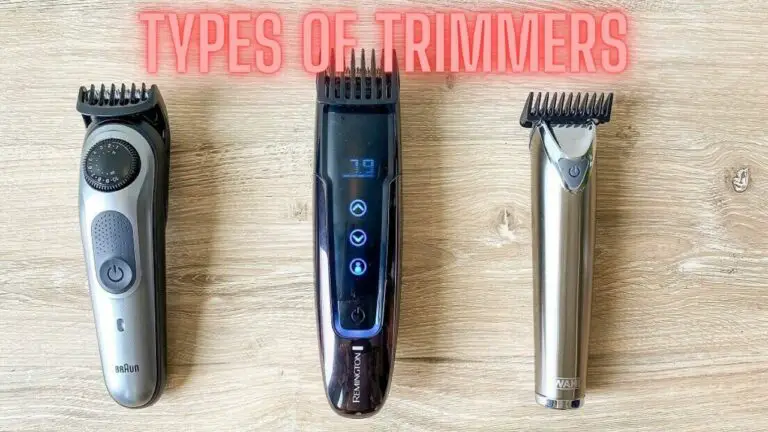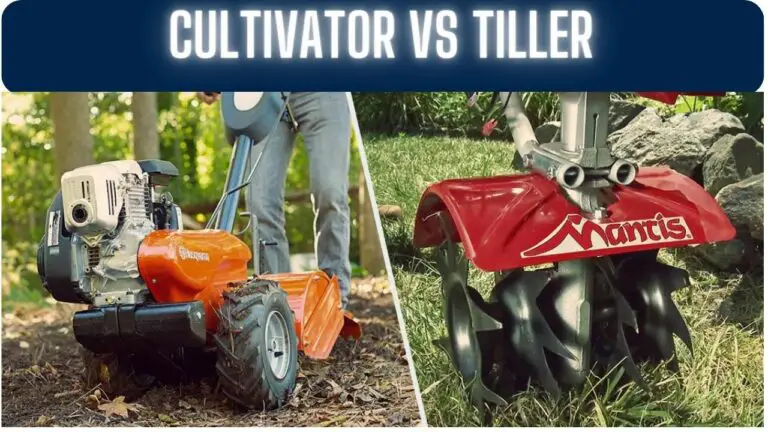Leaf Blower vs. Vacuum – Exploring the Key Differences
Introduction
Maintaining a tidy yard and garden is a never-ending task for many homeowners, and when the seasons change, leaves can pile up quickly. To keep your outdoor spaces looking neat and well-kept, you might find yourself in need of some mechanical assistance. This is where leaf blowers and leaf vacuums come into play. Both of these garden tools are designed to make your life easier by helping you manage fallen leaves and debris. However, they serve different purposes and have unique features. In this comprehensive guide, we will explore the key differences between leaf blowers and leaf vacuums, helping you make an informed decision about which one suits your needs.
Understanding Leaf Blowers
A. What Is a Leaf Blower?
A leaf blower is a handheld or backpack device designed to blow leaves, grass clippings, and other debris away from your lawn, patio, or driveway. It uses powerful airflow to create a concentrated burst of air that moves leaves from one area to another.
B. Types of Leaf Blowers
- Handheld Leaf Blowers: These are compact and lightweight, suitable for small to medium-sized yards.
- Backpack Leaf Blowers: Designed for larger yards, these offer increased power and are worn like a backpack for improved comfort during extended use.
- Walk-Behind Leaf Blowers: These are more powerful and suitable for heavy-duty tasks like clearing large lawns and driveways.
C. How Do Leaf Blowers Work?
Leaf blowers utilize an engine or motor to generate airflow. They can blow air at different speeds and with various attachments, allowing you to direct the airflow precisely where you want it to go.
Getting to Know Leaf Vacuums
A. What Is a Leaf Vacuum?
A leaf vacuum, also known as a leaf mulcher, is a garden tool designed to vacuum up leaves, chop them into smaller pieces, and collect them in a bag or container. It’s a versatile tool that can both vacuum leaves and blow them when equipped with the right attachments.
B. Types of Leaf Vacuums
- Handheld Leaf Vacuums: These are compact and portable, designed for small to medium-sized yards.
- Walk-Behind Leaf Vacuums: Suitable for larger yards and heavier leaf cleanup, these are self-propelled and easy to maneuver.
C. How Do Leaf Vacuums Work?
Leaf vacuums use a motor or engine to create suction, pulling leaves and debris into a collection bag. The collected leaves are often chopped into smaller pieces, which can be used as mulch or disposed of more efficiently.
The Key Differences Between Leaf Blowers and Leaf Vacuums
A. Primary Function:
- Leaf Blowers: The primary function of a leaf blower is to blow leaves and debris away from a designated area. They are not designed to collect or mulch leaves.
- Leaf Vacuums: Leaf vacuums are primarily designed to vacuum, collect, and often mulch leaves. They can reverse their function to blow leaves as well when equipped with the right attachments.
B. Versatility:
- Leaf Blowers: Leaf blowers are generally less versatile than leaf vacuums. Their primary function is blowing, and they do not collect or mulch leaves.
- Leaf Vacuums: Leaf vacuums are versatile, capable of vacuuming, mulching, and sometimes blowing leaves. This versatility makes them ideal for comprehensive leaf management.
C. Collection Mechanism:
- Leaf Blowers: Leaf blowers do not collect leaves. They simply displace them from one area to another. Some models may have a vacuum attachment for limited leaf collection.
- Leaf Vacuums: Leaf vacuums are equipped with a collection bag or container that gathers leaves as they are vacuumed up. They may also include a mulching feature to reduce leaf volume.
D. Noise Levels:
- Leaf Blowers: Leaf blowers are known for their noise, often producing high decibel levels. This can be a concern in residential areas due to noise ordinances and neighbor relations.
- Leaf Vacuums: Leaf vacuums tend to be quieter than leaf blowers, especially when they are not blowing leaves. This makes them a more suitable option for noise-sensitive environments.
E. Power Source:
- Leaf Blowers: Both gas-powered and electric leaf blowers are available. Electric leaf blowers are generally quieter and more environmentally friendly.
- Leaf Vacuums: Leaf vacuums also come in gas-powered and electric models. Electric leaf vacuums are popular due to their quieter operation and reduced emissions.
F. Storage and Portability:
- Leaf Blowers: Leaf blowers are generally more compact and lightweight, making them easier to store and transport.
- Leaf Vacuums: Leaf vacuums can be bulkier and heavier, particularly walk-behind models. They may require more storage space.
Selecting the Right Tool for Your Needs
When choosing between a leaf blower and a leaf vacuum, consider the following factors:
- Yard Size: For smaller yards with minimal leaf buildup, a leaf blower may suffice. For larger yards with dense foliage, a leaf vacuum’s collection and mulching capabilities can be valuable.
- Versatility: If you want a tool that can both blow and vacuum leaves, a leaf vacuum is a more versatile choice.
- Leaf Disposal: If you plan to use collected leaves as mulch or need an efficient disposal method, a leaf vacuum with a mulching feature can be beneficial.
- Noise Regulations: If you live in an area with noise regulations or have close neighbors, consider the quieter operation of a leaf vacuum.
- Budget and Storage: Evaluate your budget and available storage space. Leaf blowers are often more budget-friendly and require less storage space.
Maintaining Your Leaf Blower or Leaf Vacuum
Proper maintenance is essential to keep your leaf blower or leaf vacuum in optimal condition. Here are some general maintenance tips:
- Regularly clean and inspect the tool for debris buildup and damage.
- Replace air filters and spark plugs as needed.
- Keep the engine or motor well-maintained with regular oil changes and maintenance checks.
- Lubricate moving parts and check for loose screws and connections.
- Clean and empty collection bags or containers after each use to prevent clogs and odors.
FAQS
What is the primary function of a leaf blower?
A leaf blower’s primary function is to blow leaves and debris away from a designated area.
What is the primary function of a leaf vacuum?
A leaf vacuum’s primary function is to vacuum up leaves, collect them in a bag or container, and often mulch them into smaller pieces.
Can a leaf blower collect leaves like a leaf vacuum?
Leaf blowers are not designed for leaf collection. Some models may have a vacuum attachment for limited leaf collection, but it’s not their primary function.
Can a leaf vacuum blow leaves like a leaf blower?
Leaf vacuums can blow leaves when equipped with the right attachments. They are versatile tools that can switch between vacuuming and blowing functions.
Which tool is better for large yards with dense leaf buildup?
A leaf vacuum is often a better choice for larger yards with dense foliage, as it can efficiently collect and mulch leaves.
Are leaf blowers louder than leaf vacuums?
Leaf blowers are generally louder than leaf vacuums. Leaf vacuums are often quieter, making them a better choice for noise-sensitive environments.
Can I use collected leaves as mulch with a leaf blower?
Leaf blowers do not typically mulch leaves. If you want to use collected leaves as mulch, a leaf vacuum with a mulching feature is a more suitable choice.
Do leaf blowers and leaf vacuums come in gas and electric models?
Yes, both leaf blowers and leaf vacuums are available in both gas-powered and electric models. Electric models are often quieter and more environmentally friendly.
Which tool is more compact and portable, a leaf blower or a leaf vacuum?
Leaf blowers are generally more compact and lightweight, making them easier to store and transport.
Do leaf vacuums require more storage space than leaf blowers?
Leaf vacuums can be bulkier and heavier, particularly walk-behind models. They may require more storage space than leaf blowers.
Can I use a leaf blower or vacuum for purposes other than leaf management?
While leaf blowers and vacuums are designed for leaf management, they can have other applications, such as clearing debris from driveways and sidewalks or cleaning up after yard work.
Do leaf blowers and vacuums require maintenance?
Yes, leaf blowers and vacuums require regular maintenance to keep them in optimal condition. This includes cleaning, inspections, and maintenance checks.
Can I use a leaf blower or vacuum in wet conditions?
Some leaf blowers and vacuums are designed to handle wet conditions, but it’s essential to check the manufacturer’s guidelines for your specific model.
Are there safety considerations when using leaf blowers and vacuums?
Yes, safety is essential when using these tools. Wear appropriate protective gear, be mindful of noise levels, and follow safety guidelines to prevent accidents.
Which tool is better for cleaning up garden debris and small twigs?
Both leaf blowers and vacuums can handle garden debris and small twigs, but leaf vacuums with mulching capabilities can turn them into mulch more efficiently.
Conclusion
In the battle of leaf blower vs. leaf vacuum, the choice depends on your specific needs and preferences. Leaf blowers are excellent for quickly moving leaves and debris, while leaf vacuums are more versatile, capable of vacuuming, mulching, and sometimes blowing leaves. Understanding the primary differences between these tools can help you make an informed decision for your yard and garden maintenance needs. Whether you opt for a leaf blower, a leaf vacuum, or both, these tools are invaluable for keeping your outdoor spaces clean and beautiful throughout the year.

